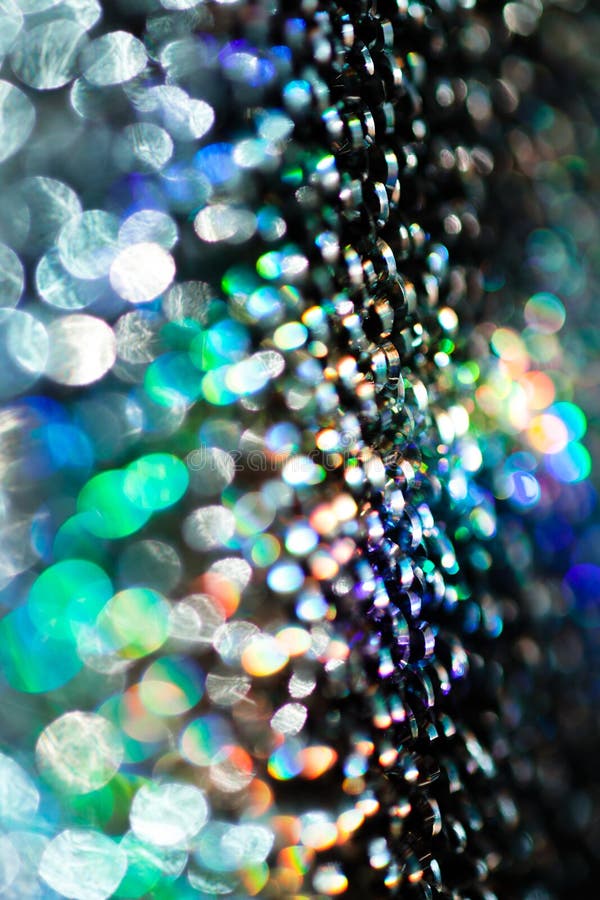

METAL REFLECTION IMAGES MANUAL
Also, use manual focus and set the focal point to the shoes. To do that, it’s best if you have your camera in manual mode so that you can maintain the same camera settings. Ideally, both photographs need to have the same exposure and focal point. Then, position the person and take the first photograph. First, place your camera on a tripod because you need both images to be framed exactly the same. To do this, you need to take two images and blend them in Photoshop. The Light Probe > Irradiance Volume has nothing to do with reflection, it is used to bake the indirect lighting.Have you seen images where you see the reflection of a person in a puddle, but on top of the puddle, there are only the shoes and not the person – like the example image I shared above. It means that if you animate an object you will need to calculate each frame. Nota Bene: The reflection won't be automatically refreshed when you move an object, you'll need to recalculate. For example, if an object is in the area between the Radius and the Falloff, you'll see that the reflected image will decrease along this area. The Falloff will determine the decrease of this influence.In that case, create as many light probes as you have objects.

It might be ok in some cases but it can give bad results as objects being contained may not reflect each other (yes because the image that is projected is the scan made by the light probe, not the real reflection produced by each object).


Radius will determine how large the light probe is, if it's large enough to contain several reflective objects, it will influence all these objects, meaning it will project the scanned image on all of them.If an object is beyond the value, it won't be scanned and therefore it won't be reflected. Clipping End determines how far the scan must go.Clipping Start determines where the scan begins, the Clipping Start dots must begin just outside the geometry of your object (otherwise the scanned image will be black as it begins inside the object) but as close as possible (as it is supposed to scan the object environment, it must not miss an object that would be too close to the reflective object).Keep the light probe selected, go in the Properties panel > Object Data tab, in Viewport Display enable the Clipping option, and in Probe, set the different parameters : Actually, in my case this option doesn't seem to work so I had to re-click on Bake Cubemap Only to check any change. Go in the Properties panel > Render > Indirect Lighting, click on the Bake Cubemap Only button, and enable the Auto Bake option so that you'll see all the changes you'll make in the settings in real-time. In your case choose Sphere and stretch it a bit so that it adapts to the car shape. In the Properties panel > Object Data tab you can choose the light probe shape: Sphere or Box. It acts like a scanner that takes an image of the environment and projects this image on the surface of the reflexive object(s) that it contains.įirst, put your cursor on the exact same point as your Suzan and create ( Shift A) the Light Probe > Reflection Cubemap. In order to make Suzanne reflect the objects of the scene you need to create a Light Probe > Reflection Cubemap that contains her. Here is a Suzanne, I gave it a Glossy node, it reflects the world HDRI and the lights but it doesn't reflect the objects (here is the checker ground): It's a kind of trick to recreate a proper reflection. See here:įor reflective volumes, you need to create a Light Probe > Reflection Cubemap in order to reflect the object(s), as explained here by Tutor4u. Put the reflection plane at the same position as the surface of your reflecting surface, make sure that the light probe is a bit shifted so that it reflects correctly, and that the mirror object has thickness, or Backface Culling enabled. It's easy to handle, you don't need to bake and it will reflect in real-time so you can animate the objects of the scene. By default, Eevee will reflect the HDRI and the lights but it won't reflect the objects of your scene.įor flat surfaces like mirrors you need to create a Light Probe > Reflection Plane.


 0 kommentar(er)
0 kommentar(er)
